Iron Ore
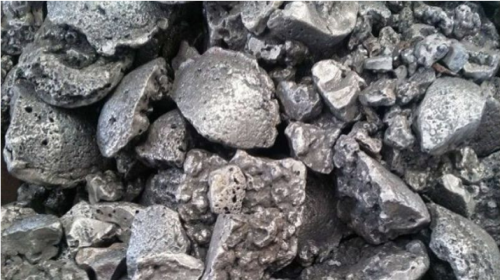
1. What is iron ore?
Iron ore is a type of compound containing metals or precious minerals. This is one of the most important mineral resources in the world because it is exploited to serve many industries that play an important role and have a significant influence in shaping the global economy.
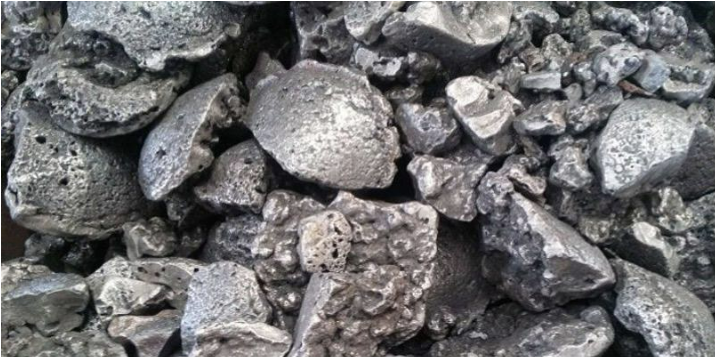
With high iron content, all mined iron ore accounts for about 95-98% of raw materials for the production of iron and steel, two essential materials for many industries.
2. Composition of iron ore
To better understand what iron ore is, let's learn about the main ingredients that make up this type of rock. This compound is not just an ordinary rock but also a hidden treasure behind its dark gray, brilliant yellow or reddish brown appearance.
There are common iron ores such as magnetite (Fe3O4, 72.4% Fe), hematite (Fe2O3, 69.9% Fe), goethite (FeOOH), 62.9% Fe), limonite (FeO(OH)•n (H2O), 55% Fe) and siderite (FeCO3, 48.2% Fe).
|
Source |
Southeast Asia |
|
Size |
Fine ore size: 0.15 – 6.3mm Ore lump size: 6.3 – 40.0mm |
|
Thành phần hóa học |
Chemical composition Range: 60.0 – 68.0% |
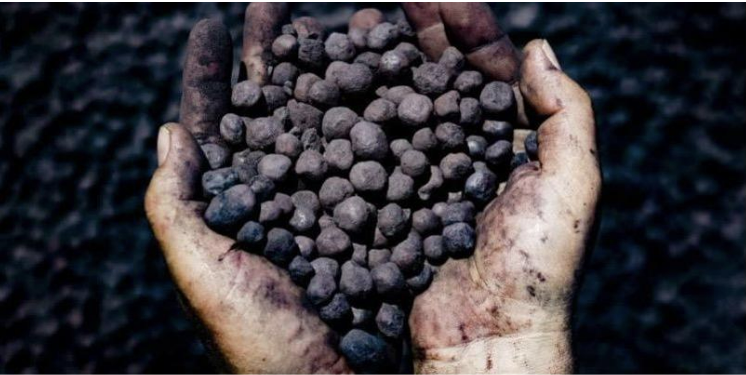
Iron ore is thoroughly tested and certified by SGS organization.
Some ores contain very high iron content, especially hematite and magnetite (over 60% iron). These ores are larger than 6mm in size and are known by familiar names such as “natural ore” or “direct ship ore” (DSO).
Regarding the properties of iron ore, they can be fed directly into the blast furnace to produce pig iron. This type of compound is not only a common material, but many people also believe that, in the world of global raw materials, only iron ore and oil can be compared because of their great influence. them in life.
Regulations from the government have decided to relax on iron ore exports. The amount of this compound exported has reached millions of tons, and some businesses even exceed the allowed limit, to the point of almost illegally exporting it.
Meanwhile, domestic blast furnace plants are facing a temporary shutdown due to lack of ore raw materials for production. The export of this raw material has directly affected domestic steel production and is expected to cause damage to the national budget in a significant amount of money.
Many large manufacturing enterprises in Vietnam such as Hoa Phat are shifting to using magnetite ore with an iron content of over 63% Fe. If ore must be imported from foreign markets, Vietnam's iron ore price will be about 2.4 million VND/ton.
However, the domestic purchase price of this compound is only 2-2.3 million VND/ton. For limonite ore with lower iron content, only 50% Fe or less, the price is even lower, just over 1 million VND/ton.
To process this ore into the blast furnace, companies must spend additional costs to go through the first processing stage. If allowed to export ore, the actual price that Vietnamese businesses receive is only 1.3 - 1.4 million VND/ton for ore with over 63% Fe content. Therefore, many ore producing companies are choosing to sell domestically to avoid unnecessary risks and have higher profit rates.
3. Basic method for identifying natural iron ore
Iron ore identification is the process of determining whether a soil or rock sample contains enough iron to be an economic source of iron. Here are some ways to identify natural iron ore:
- This type of ore is usually gray to black in color, or can have red or brown tones due to iron oxide. Darker and more consistent colors often indicate better quality.
- Ore is usually very hard and difficult to destroy by hand. If you cannot break or scratch the ore easily it is probably iron ore.
- Iron is a strong magnetic substance. Use a magnet to see if the magnet sticks to the soil sample. If the magnet sticks together, you may have found what you're looking for.
- This method involves using chemicals to test the composition of a soil sample. This is usually done by scientists and geological experts.
- Iron ore is often being in the texture as grains or layers in layers of soil or rock. This structure shows the organization and distribution of iron in the sample.
- When you suspect a soil sample contains iron, you can try dabbing a small amount of the sample onto filter paper. If it is true that the compound contains iron, the liquid droplet will have the same color as blood appearing on the filter paper.
- Iron-containing minerals often have a higher gravity than regular soil.
Identifying this compound is a professional undertaking requiring profound knowledge of geology, mineralogy and chemistry. These methods are often used by geological engineers to approximate the composition of iron ore. However, accurate determination still requires detailed examination by professional tools.
4. What factors change iron ore prices domestically and internationally?
Iron ore prices in Vietnam are deeply influenced by a series of macro and micro factors, creating a multi-dimensional picture of fluctuations in the domestic market. Below are important factors affecting the price change of this ore in the country:
Domestic demand and steel production activities
The need to use iron ore in the construction and steel production industry in Vietnam poses requirements for stable supply and reasonable prices. The increase or decrease of domestic demand and steel production activities at the same time will simultaneously change prices in the market. When demand increases, the price of this mineral will increase; conversely, when demand decreases, the price also decreases to maintain balance in the market.
Mining capabilities and technology
Mining capabilities and new technologies could affect supply and prices. Efficiency in mining, including the use of advanced methods and equipment, can help reduce production costs and keep the price of this iron-containing compound stable or falling.
The volatility of these factors poses challenges for many experts and Vietnamese market managers, requiring continuous observation to ensure stability and accurate forecasts in the ore market in Vietnam.
Tax policy and financial support from the government
Import tax policies and government financial support measures can change iron ore prices. High import taxes increase import costs, which can lead to price increases in the domestic market. On the contrary, supportive policies such as tax reduction or low-interest financing can reduce ore prices.
Fluctuations in world prices and raw materials
Changes in the price of this iron-containing compound on the world market and related materials such as oil can cause fluctuations in domestic iron ore prices. If world prices increase, prices in the Vietnamese market will also increase to maintain profits for producers.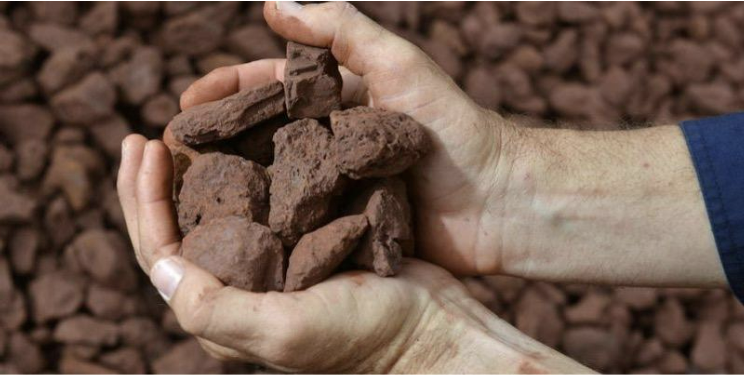
Environmental policy and labor safety
Environmental and occupational safety policies set the requirements and costs for the exploitation of this raw material. This cost is often passed on to the price of iron ore, affecting the final price for the consumer. In addition, environmental protection measures such as emissions fees can also increase the price of this raw material.
.png)
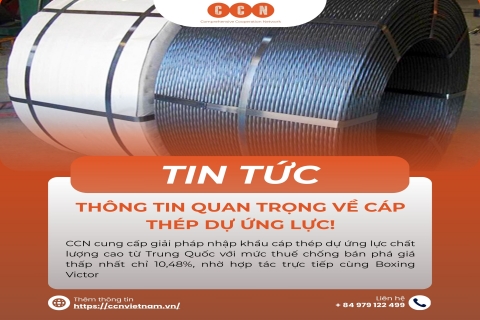

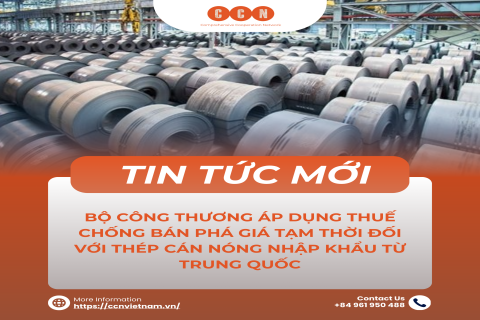
Write a comment